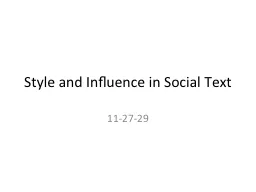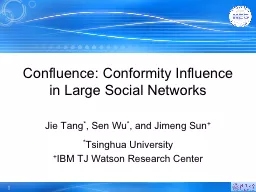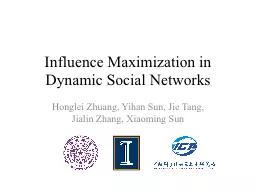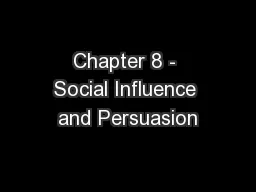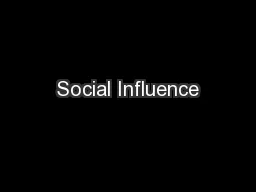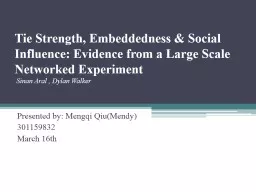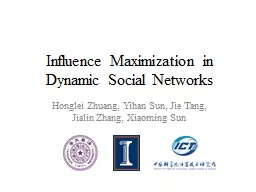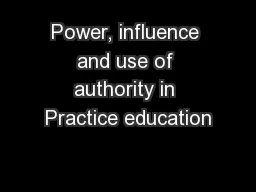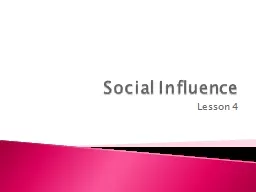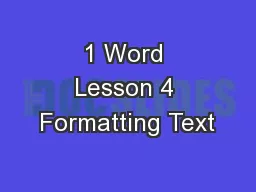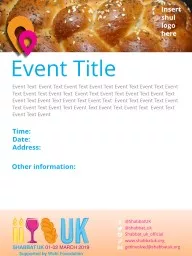PPT-Style and Influence in Social Text
Author : debby-jeon | Published Date : 2018-01-18
112729 Announcement Project reports next week same drill as midterm reports reverse order as midterm reports W e know youre not done yet but you will be by midnight
Presentation Embed Code
Download Presentation
Download Presentation The PPT/PDF document "Style and Influence in Social Text" is the property of its rightful owner. Permission is granted to download and print the materials on this website for personal, non-commercial use only, and to display it on your personal computer provided you do not modify the materials and that you retain all copyright notices contained in the materials. By downloading content from our website, you accept the terms of this agreement.
Style and Influence in Social Text: Transcript
Download Rules Of Document
"Style and Influence in Social Text"The content belongs to its owner. You may download and print it for personal use, without modification, and keep all copyright notices. By downloading, you agree to these terms.
Related Documents

